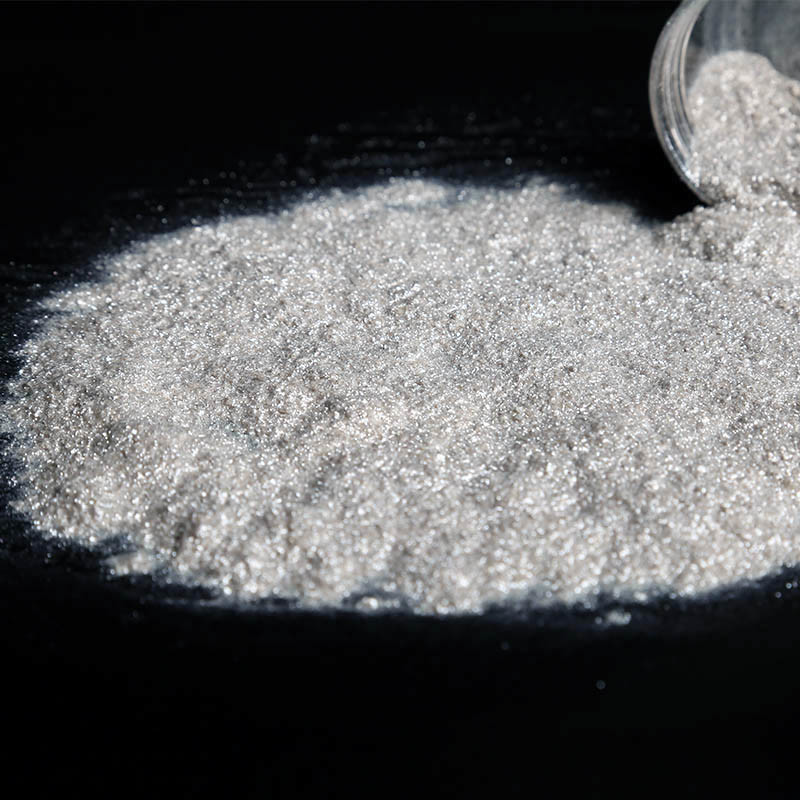Due to the high demand in the high-end field, the status of synthetic mica has been further improved

Pearlescent pigments in the field of new materials belong to a national strategic emerging industry. Synthetic mica is an important substrate for pearlescent materials. With the increase in downstream demand, the increase in the share of synthetic mica-based pearlescent pigments is becoming one of the future trends.
Pearlescent pigment, which is formed by coating a layer of oxide film (coating layer) on a substrate such as mica, is a high-grade pigment that subverts traditional pigments. It has excellent characteristics such as safety and environmental protection, non-fading, and rich colors. Mica is divided into natural mica and synthetic mica. Natural mica-based pearlescent pigments have low cost and are mainly used in low-end manufacturing; synthetic mica-based pearlescent pigments are expensive and are mainly used in high-end manufacturing, automobiles and cosmetics and other high-end fields.
Natural mica is a naturally formed rock-forming mineral, which is a non-renewable resource. With the exhaustion of natural mica resources, the production capacity is greatly restricted; while synthetic mica simulates the composition and structure of natural mica, and is artificially synthesized with minerals, with fewer impurities. It is superior to natural mica in terms of use temperature, insulation, safety and environmental protection, and color. The demand for synthetic mica in high-end fields such as cosmetics and automobiles continues to increase under the upgrading of consumption. Therefore, the market scale of synthetic mica continues to expand and the penetration rate increases. It is gradually replacing natural mica and becoming the main base material for pearlescent pigments.
Because of its excellent characteristics, synthetic mica pearlescent materials are widely used in downstream applications, not only widely used in popular high-end fields such as cosmetics and automobiles, but also favored by consumers. In the industrial field, it is also known as “industrial monosodium glutamate”, which can be widely used in coatings, plastics, rubber, papermaking, building materials, metallurgy and other industries. For example, in coatings, synthetic mica powder is used in cars and architectural decoration coatings; in the rubber industry, synthetic mica powder is a good lubricant and mold release agent; in reinforced plastics, synthetic mica powder can be used as raw materials for plastic production. The additives are used to make modern engineering plastics with high strength, good elasticity and light weight; among insulating materials, synthetic mica paper series products are the most widely used electrical insulating materials.
